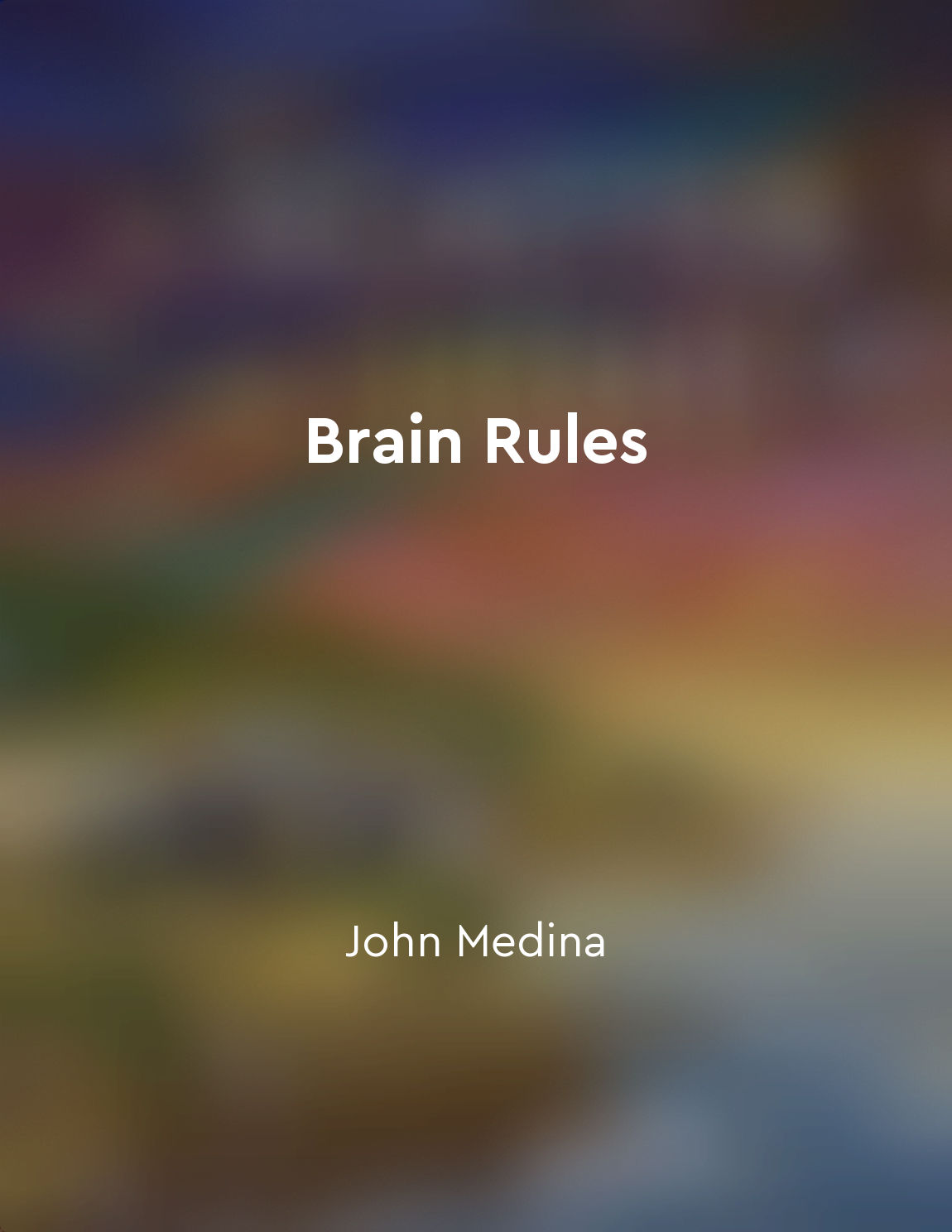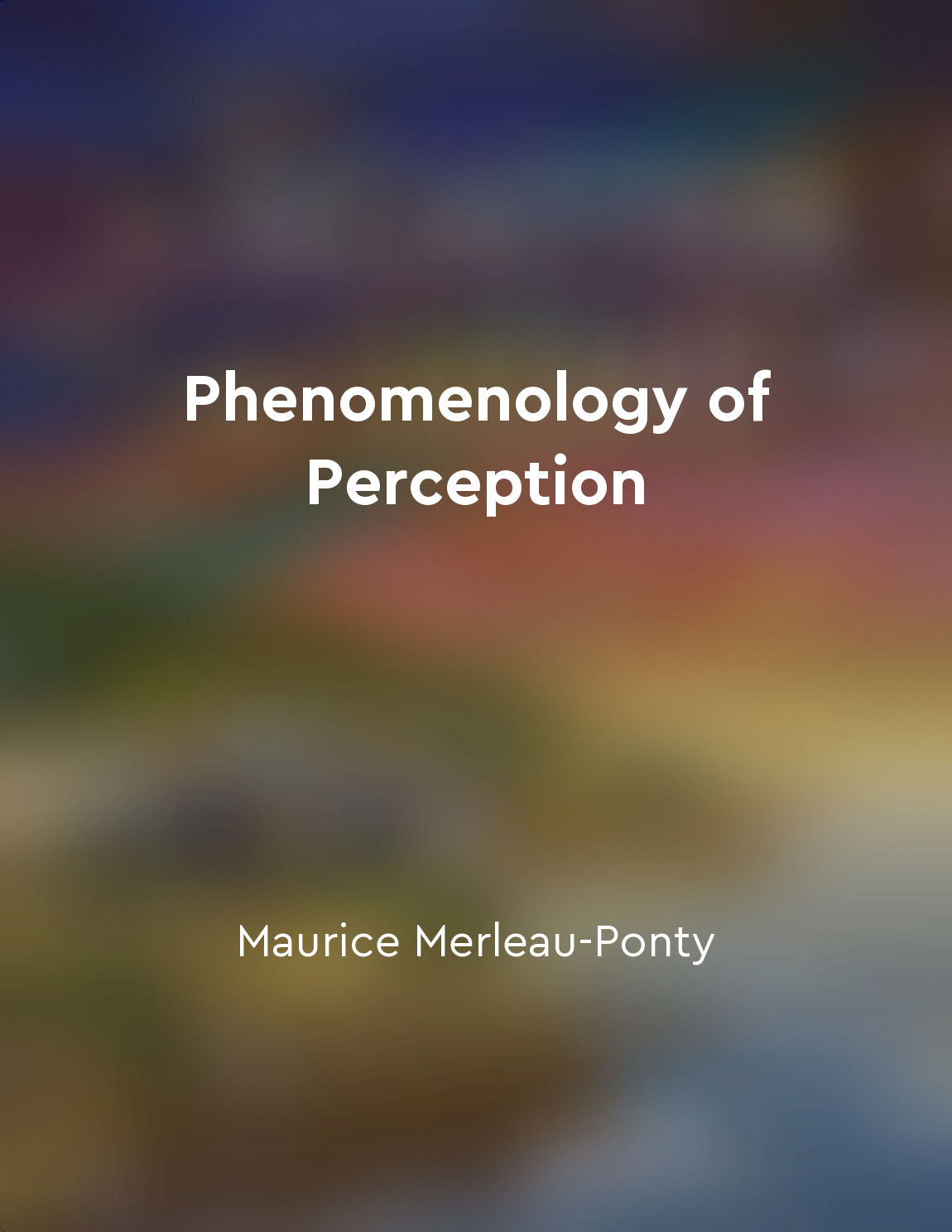Audio available in app
The binding problem describes how the brain unifies diverse sensory inputs into a coherent experience from "summary" of The Cognitive Neuroscience of Consciousness by Stanislas Dehaene
The brain encounters a myriad of sensory inputs simultaneously: sights, sounds, textures, and smells, all arriving from various neural pathways. Despite this complexity, conscious experience feels seamless. This phenomenon raises fundamental questions about how different modalities are integrated into a unified perception. Neuroscience suggests that sensory information is processed in distinct areas of the brain, each specializing in particular types of input. Visual data might be handled by one network, while auditory information is processed by another. The challenge lies in coordinating these disparate signals to create a coherent representation of the environment. One proposed mechanism for achieving this integration is through synchronized neural oscillations. When neurons in different regions fire in sync, it signifies that the corresponding sensory inputs are related, effectively binding them together. This synchronization allows the...Similar Posts
Desires are not hidden urges
When we speak of desires, we are not referring to some mysterious inner force compelling us to act in certain ways. Desires are...

Sleep is essential for memory
Our brains are memory-making machines. We are constantly processing new information, forming memories, and retrieving them when...
Emotions guide human behavior
The passions of the soul are the movements or inclinations of the soul that impel us to act in certain ways. These passions can...
Ignorance breeds fear and prejudice
The evil of prejudice is nurtured by the scourge of ignorance. When we lack knowledge and understanding of others, we allow fea...
The bystander effect influences helping behavior
The bystander effect is a phenomenon where individuals are less likely to offer help to a person in need when there are other p...
Tailor lessons to meet individual needs
When it comes to learning, one size does not fit all. Each person's brain is unique, with its own strengths and weaknesses. Thi...
Skepticism is necessary
Skepticism is necessary. It is the foundation upon which all knowledge is built. Without skepticism, we would blindly accept ev...

Perception is a dynamic and ongoing process
Perception is not a static event that occurs in isolation; rather, it is a continuous and fluid process that unfolds over time....
Technology aids in visual restoration
In the past few decades, there have been remarkable advances in technology that have revolutionized the way we approach visual ...

Don't believe everything your brain tells you
Our brains are incredible machines, capable of processing vast amounts of information every second. However, this amazing abili...
